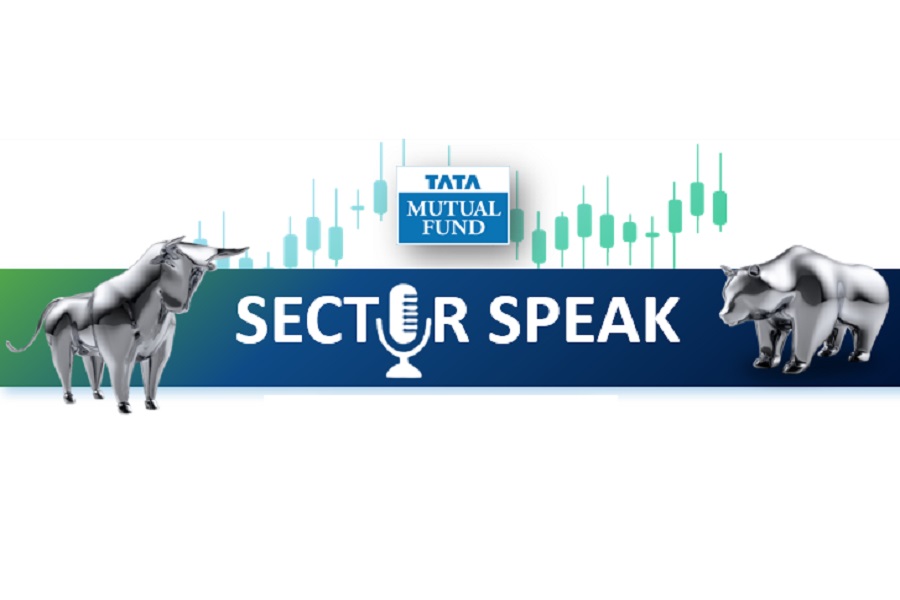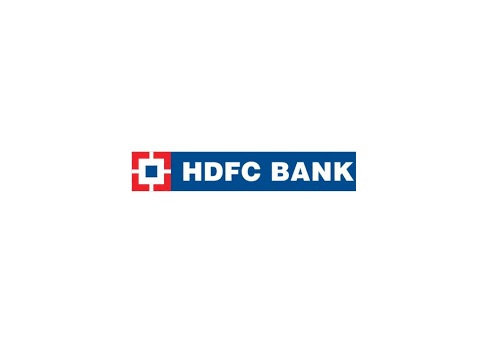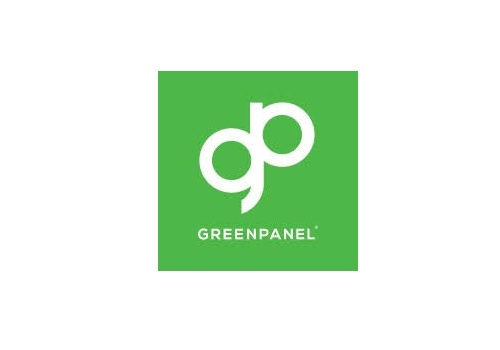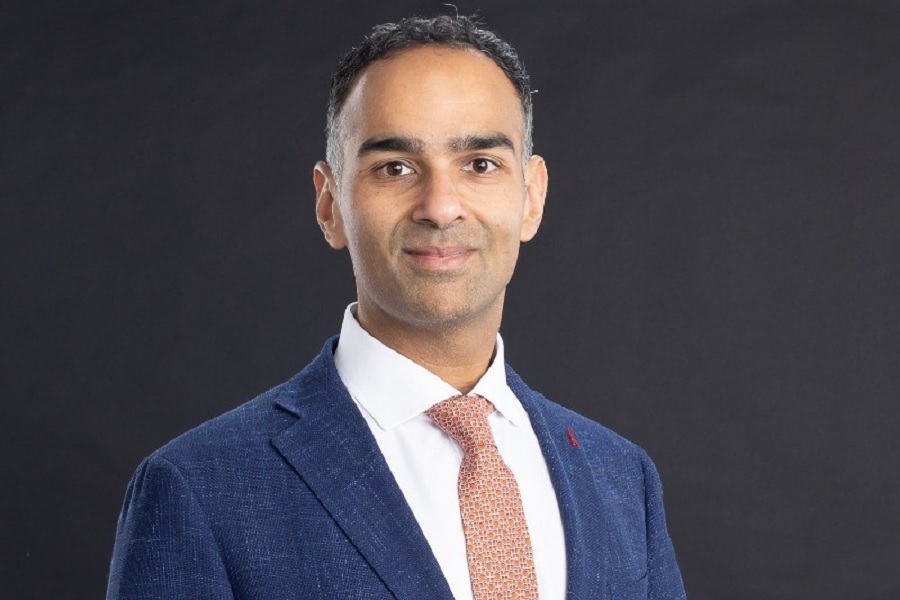House View : Sector Speak - Dec`24 by Tata Mutual Fund

* The RBI, in its recent monetary policy, shifted its stance to 'neutral' from 'withdrawal of accommodation' which lends further comfort to banks on their margin pressures.
* Other than the hawkish stance on liquidity, several regulatory actions have impacted banking stocks so far. 1) Pressure to bring down Loan-Deposit Ratios (LDRs) has driven lower loan growth leading to EPS cuts. 2) Proposed upfront provisioning on project loans would likely raise credit costs. 3) Proposed hiking of Loan Coverage Ratios (LCR) could impact NIMs by 3-5bps. But with improving liquidity, the above pressures should ease soon. Recent cut in CRR in the latest monetary policy is a welcome positive trigger for the sector.
* Even as growth rates are converging for Nifty (broader market) and Banks, the valuations have moved in an opposite direction. Bank PE is tad below the 10-year average at 15x. Banks discount to Nifty 50 at 35% is ~3x average of 12% discount. We continue to prefer private banks over PSU banks due to decadal low valuation gap and superior profitability. Valuation is attractive for banking sector across market cap.

Source: Bloomberg
* We are seeing early signs of stress rising in unsecured business loans, which is mostly dominated by NBFC sector.
* For HFCs, valuation is still reasonable with solid growth outlook and healthy asset quality trends. There could be NIM pressure in declining rate environment however we expect robust growth trends can offset NIM pressure.
* Valuations remain comfortable for the life insurance players. The general insurance industry reported 18% YoY premium growth in Q1FY24 YoY. Growth is becoming broad based for general insurance sector. Post the recent rally, valuations while reasonable are not cheap.
Consumption
* India’s GDP and per capita income grows structurally is expected over the coming decades, consumption being the largest component will witness significant growth. Consumption as a theme will thus remain a key ingredient of India’s growth story.
* Long-term themes like food processing companies, food and Ecommerce aggregators, quick service restaurants, consumer appliances etc. are expected to grow faster as more women join the workforce. So, themes within consumption which make women’s life easier, seem here to stay.
* Wealth effect due to robust equity and real estate market will continue to aid lifestyle consumption.
* Rural growth has lagged. As rains were good this year, high rural staples consumption could aid valuations of FMCG/ staples segment as their valuations are below long-term averages.
* Trend of state governments’ increasing spending on welfare and employment bodes well for India consumption story. Central government focus on fiscal deficit is likely to keep inflation under control and this is expected to lead to healthy margins for consumption sector.
* Consumer sentiments are gradually turning around. Within the consumption pack, staples are likely to see better traction given the improvement in rural growth with volume upticks visible across staple names, commodity costs coming off, as well as a beneficial base effect.
Major Contributor to GDP

Source: NSO, Ministry of Statistics
Automobile
* The sector remains attractive with long-term enablers such as demographics, affordability, urbanization, technological advancements, and supportive government policy.
* Road building has rapidly grown over the last few years, driven by policy-led spending on infrastructure. With infrastructure in place, demand for automobiles is set to go up.
* An elongated growth cycle in CVs is driven by infrastructure and capex spends in the country.
* Green mobility is another enabler and a focus area for the government. Concessional tax rates and subsidies have resulted in fast growth and adoption for EVs in recent years.
* Most of the growth rates for different segments have been well-discovered now (8% for two wheelers, 14-15% for SUVs. Narrative will shift from domestic to exports as the domestic demand outlook looks subdued for now.

Source: IBEF, SIAM
Information Technology
* The sector has seen sharp rally after healthy correction till May-June led by positive commentaries from Banking & Financials companies in the US. Inflation slowing down in US, and the rate cut in September has given buffer to sector valuations. In the recent results of few companies, revenue growth improved significantly while margins remained range bound. The underlying optimism for benefitting from multi-year technology transformation spend remains.
* The covid-19 pandemic has fundamentally altered the enterprise technology landscape and accelerated the demand for cloudification and digitization. Enterprises are now looking to adopt digital technologies in the near to medium term, rather than in a distant future.
* As the US enters a lower interest rate regime, the interest burden on US corporates shall reduce, which would enhance their cash flows. This should also incrementally create more room for corporates to spend eventually translating to higher technology spends.
* Thirdly, and most importantly, we believe amongst all the new technology adoptions seen over the past few decades, Gen AI is likely to see the highest adoption due to the quantifiable productivity enhancement it enables. As per Accenture, as of today, only 10% of enterprises have data analytics and AI capabilities, this makes a case for a long growth runway.
Export Revenues from IT (in millions USD)

Source: IBEF, Nasscon
Capital Goods
* Management commentaries across sectors confirm a build up towards sustenance of strong private capex driven by a focus on self-reliance in manufacturing, strong balance sheets, push towards decarbonization and improvement in housing demand. Government capex spends are also expected to be strong.
* With a positive outlook on government, private and household capex, we believe the stage is set for a sustained capex upturn in the economy thus providing a long-expected earnings upgrade cycle for the sector. Order inflow momentum has sustained as evidenced in Q1FY25 results. Cost pressures have eased while pricing power is very strong for the industry. Growth visibility continues to improve and is now at near decadal high.
* Valuations have rerated for most stocks and incremental returns will now largely be driven by earnings growth. Would incrementally look at companies where revenue growth/margin is below cyclical highs.

Source: IBEF, RBI
Healthcare
* Pharmaceuticals reported another good quarter led by both domestic and exports markets. Due to a weaker flu season, chronically focused businesses in India grew more than acutely focused ones. Additionally, growth was fueled by M&A and in-licensing activities. US sales for most companies were down on a sequential basis on account of lower off-take in certain one-off opportunities. However, on YoY basis most companies reported strong growth. Overall, the outlook for pharmaceuticals remains positive on the back of strong momentum in Indian business, upcoming patent cliff in the US and tailwinds for API/CDMO players.
* Hospitals and Diagnostics are mega trends in the Indian Healthcare ecosystem as both these segments are highly underpenetrated. Most hospitals saw strong double-digit growth led by higher occupancies, in-patient volumes and ARPOB (Average revenue per occupied bed). Better case mix and lower ALOS (Average length of stay) further aided margin expansion. We continue to remain positive on hospitals as we see strong ramp up in new bed addition over the next 2-3 years. We believe there is sufficient headroom for growth as India remains one of the most under-penetrated countries in terms of healthcare delivery.
* Within Diagnostics, we see that valuations are rich for some of the larger players. These players which were largely regional in nature have now expanded in other geographies by means of inorganic or organic expansion. We believe that while developing brand equity outside the core geography is a long gestation business, the investments will bear fruit in the future.
* Valuations – The entire healthcare space looks rich on valuations with massive re-rating in hospitals and branded generic stocks. However, we expect earnings momentum to carry on in both these segments which should support valuations and give us compounding returns hereon. We remain nibble footed on large caps and look to play either mean reversion stories or earnings momentum driven by meaningful opportunities.


Metals & Mining
* Metals prices remain muted led by weak demand. Benefits from falling coking coal prices should be visible with a lag. Improvement in global demand is key for the sector. There is neither any major infra push nor any announcement on production cut by China. It is keeping commodities prices range bound.
* In the current cycle, peak commodities prices/margins are behind. However, debt has reduced significantly as compared to previous cycle. It is prudent to stick with names with volume growth where debt is not rising materially.
Power
* After a strong run up, valuations are now fair for government sector regulated utilities. Private sector utilities valuations are higher than historical averages due to optimism on growth led by renewables.
* We have seen most of the companies make a definite move towards renewable energy which will help address long term sustainability concerns and success in the same will be the key driver of long-term stock returns.
* At the same time, recurring power shortages have shown that coal-based plants may have a longer life than what was expected a year ago, aiding the valuations of coal-based utilities.
* Government has also been trying to revamp the electricity distribution sector by introducing more competition. If and when the government succeeds, it can open a large market opportunity for the companies in this sector.
Source: IBEF, Ministry of Power
Telecommunications
* India mobile revenues continued to rise for the 14th straight quarter and are at their peak levels of US$27bn (annualized). Bharti and Jio continue to add subscribers in 4G and overall net level while Vodafone continues to lose. FY24 was the peak year of capex for both Bharti and Jio – they are close to completing their 5G rollouts.
* Capex should moderate from FY25 onwards. With recent announcement of tariff hike in the range of 15-25%, companies are well placed to see strong ARPU growth in turn giving stronger earnings growth for next few years.
* With recent tariff hike to the tune of 15-25%, impact on subscriber addition needs to be seen. However, this tariff hike should benefit margins to improve in disproportionate manner.
* On valuations, Jio is already factoring in value of services beyond telecom to some extent, whereas Bharti’s India biz is getting valued above its long-term average in anticipation of future tariff hikes and declining competitive intensity.

Source: IBEF, TRAI
Construction Materials
* Valuations have moved up and are now in line or higher than historical averages. Ongoing consolidation can lead to valuations getting rerated over medium term. Would continue to prefer larger companies due to market share gains and strong balance sheets. One can also tactically look at mid cap cement companies as they may be acquisition targets.
* Based on current trends in pricing and costs, margins are expected to fall in Q2FY25. Demand growth is also expected to taper down in FY25.
* Entry of Adani group has finally started consolidation in the industry. This will help maintain pricing and supply discipline in the industry in the long run.
Above views are of the author and not of the website kindly read disclaimer
























